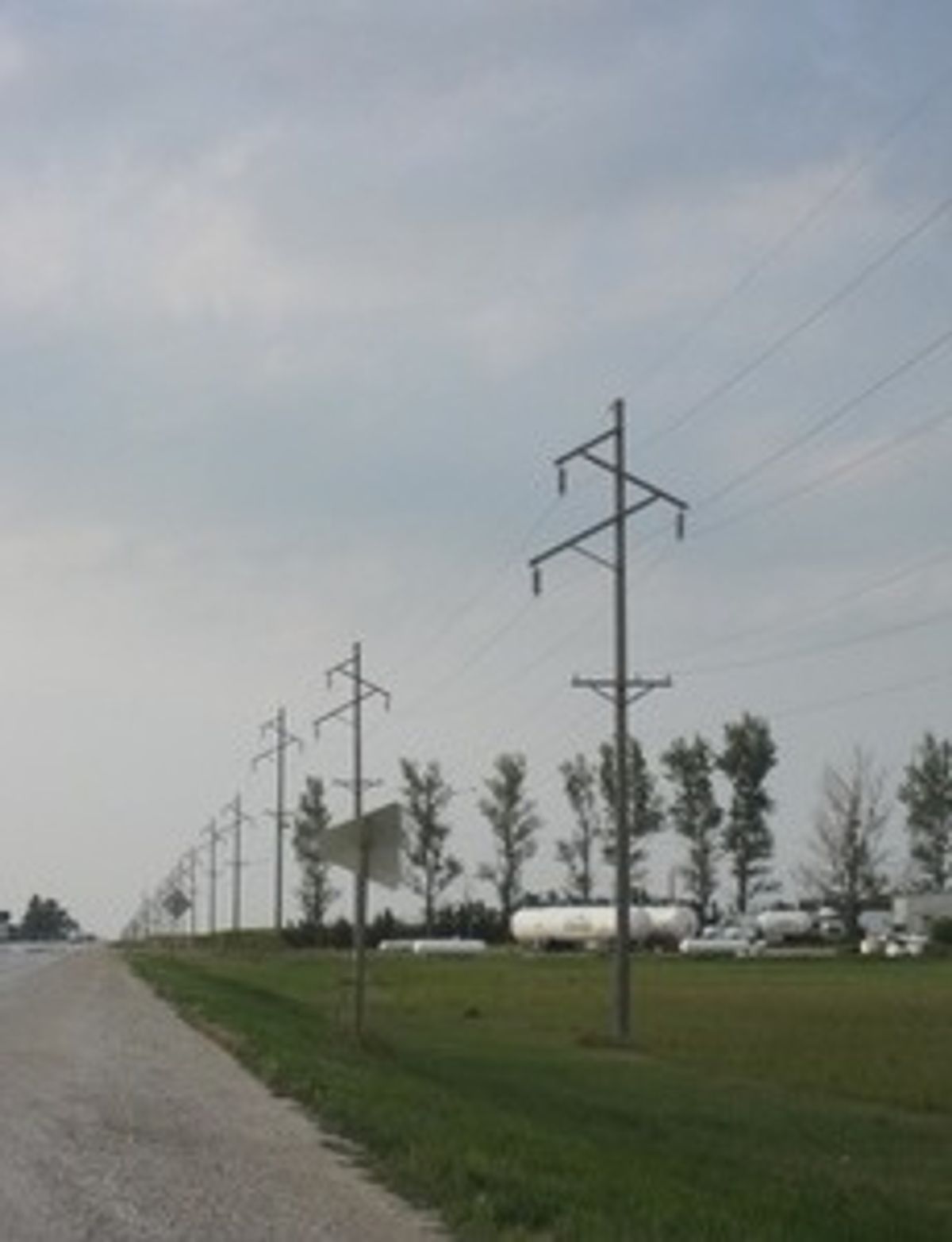An old saw would have it that new transmission cannot be built in the United States. That preconception is outdated. Last October, the Obama administration announced it was expediting and accelerating the permitting and construction of seven new major tranmission lines criss-crossing twelve states, as Energy Central's TransmissionHub reported on Dec. 20, 2011. Already before that, some regional grid managers like the New England Independent System Operator (NYISO) had approved plans for substantial additions to the region's transmission capacity, showing that "nimbyism" is not quite the buggaboo it's sometimes made out to be.
Yet there is no denying that in the states where electricity prices are set in competitive markets--about half the states in the country--uncertainties about futures prices can complicate calculation of whether future infrastructure projects will pay off. Mathew Wald, a leading energy journalist for The New York Times, provided a vivid example in a recent article describing plans for a transmission line that would link New York City with hydro generation in Quebec. Wald says that the case for the line, which would go mainly under Lake Champlain and the Hudson River, depends heavily on the notion that the relatively cheap hydropower will be sellable at much higher market prices set by fossil and nuclear generation. As Wald explains, in competitive electricity markets, generators submit bids to meet demand at specific places and times, and all accepted bidders get paid the price obtained by the last bid accepted that is needed to satisfy total demand.
So, advocates and opponents of the proposed project disagree not only about how much it will really cost to build the transmission line but also how valuable the delivered electricity will be. If for example much of New York's future electricity is generated from inexpensive natural gas, the differential between that price and the price of Quebec hydropower may be slimmer than supposed.
For the record and with all due respect to Wald (who I do sincerely highly respect), his explanation of the bidding process is somewhat faulty. He says that the system, in which generators submit bids and then all generators pay the price at which expected demand is satisfied, is kind of like an art auction in which the price paid for the most expensive artwork tends to drag up all the other prices. That confuses matters as much as it helps, I feel.
The system of locational marginal pricing in electricity markets it designed to replicate or at least approximate what happens in a normal free market, as economists conceptualize the situation. In the standard graph in which price is charted against quantity, with the quantity of a good demanded decreasing with higher prices and the quantity of the good supplied increasing with rising price, the market clears where the two lines intersect. At that point, all buyers pay the market clearing price.
At present, demand for electricity at any given place and time is generally treated as a given--as completely "inelastic," in economist jargon. That is, in the standard price/quantity chart, the amount of electricity desired is a vertical line, and the market clearing price is set at the point where the ascending supply curve crosses that line. But in in the smarter grid systems of the near future, demand will respond to price, making for a much more dynamic picture. Utimately, the "prosumer" of the future will be generating as well as consuming electricity, buying and selling power as the case may be, depending on intelligence provided in real time via smart two-way meters.
Those developments will make power transmission and distribution vastly more efficient--but will further complicate prediction of long-term prices. Energy storage, considered essential to the widest possible deployment of intermittent renewables like wind and solar, provides another illustration of the complications that arise. In the August issue of the IEEE smart grid newsletter, IEEE Fellow Ralph D. Masiello argues that we need to get away from traditional categories of transmission, distribution, and generation and "co-optimize the [battery] charge/discharge for best market efficiency/lowest cost." Masiello, who is Innovation Director and Senior Vice President at KEMA, thinks that even with the best market engineering it will take a good while for energy storage to make really large contributions to the workings of smarter grids.
The point Masiello develops in his challenging article is that storage shows up in the economist's price/quantity chart on both the supply and demand side, and that electricity markets need to be modified to take account of that elementary fact. The basic concepts of market economics are subtle and, like Ohm's Law or Newton's laws, are difficult to understand in all their implications and ramifications.



